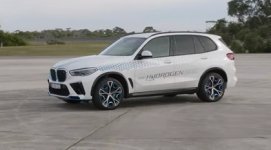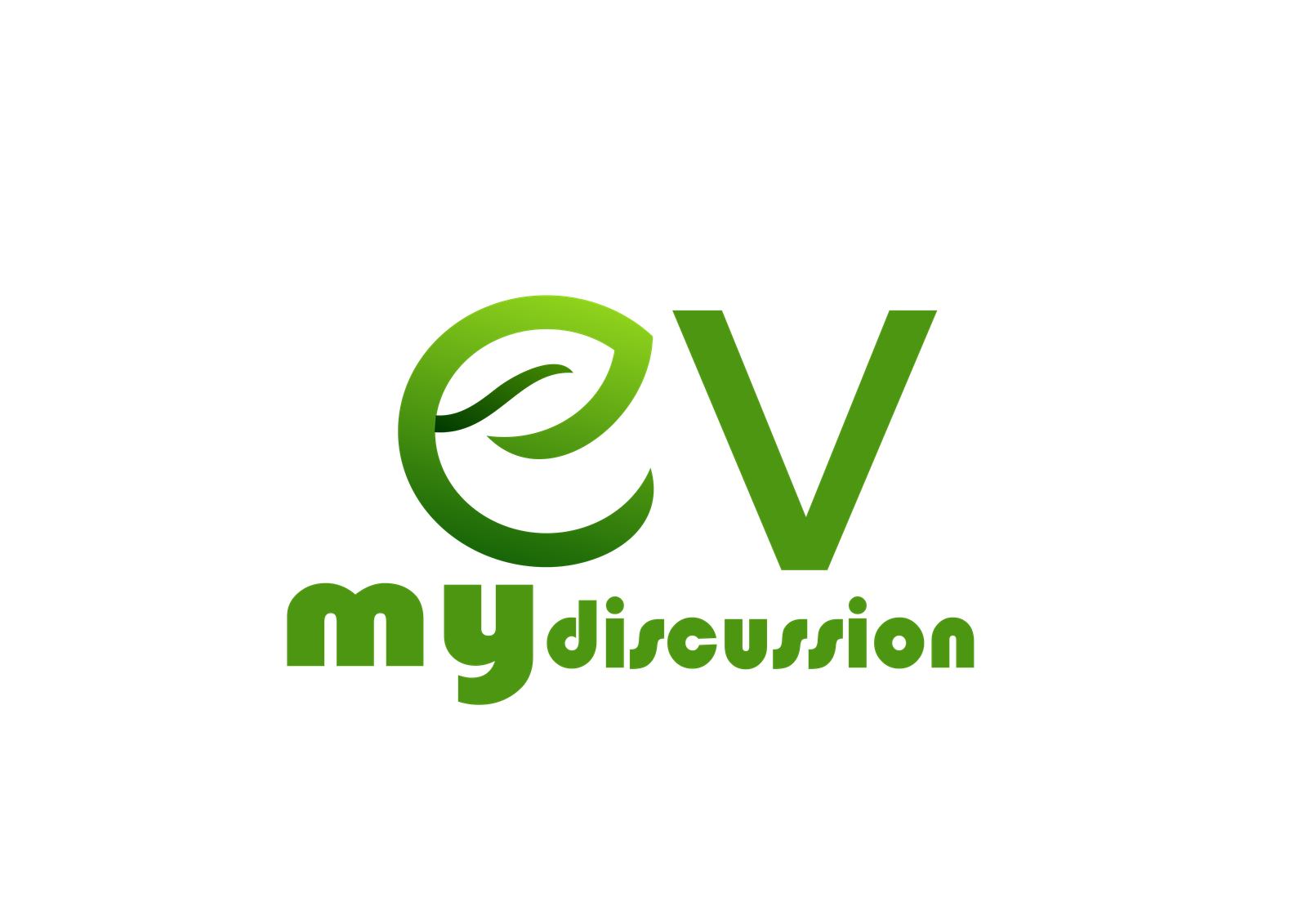The 2024 BMW iX5 Hydrogen represents BMW's commitment to exploring hydrogen fuel cell technology as a viable solution for zero-emission driving. Here's an overview of its key specifications and features:
Performance and Engine Specifications
Engine Type: The iX5 Hydrogen utilizes a hydrogen fuel cell system combined with BMW's fifth-generation eDrive technology.
Horsepower: The system delivers up to 401 hp (295 kW), enabling the vehicle to accelerate from 0 to 100 km/h in under 6 seconds.
Top Speed: The vehicle achieves a top speed exceeding 180 km/h.

Fuel Consumption and Range
Hydrogen Consumption: The iX5 Hydrogen consumes approximately 1.19 kg of hydrogen per 100 km, based on the WLTP cycle.
Range: With a combined hydrogen capacity of nearly 6 kg stored in two tanks, the vehicle offers a range of up to 504 km (313 miles) under WLTP standards.
Dimensions and Capacity
Seating Capacity: The SUV accommodates up to five passengers.
Cargo Space: While specific cargo dimensions aren't provided, the iX5 Hydrogen shares its platform with the standard X5, which offers substantial cargo capacity.
Curb Weight: Exact figures are not specified, but the integration of hydrogen fuel tanks and fuel cell components likely results in a weight comparable to or slightly exceeding that of the conventional X5.
Safety and Equipment
Safety Features: BMW equips the iX5 Hydrogen with advanced safety systems, including adaptive cruise control, lane-keeping assist, and automated emergency braking.
Entertainment System: The vehicle features BMW's latest infotainment system, offering seamless connectivity and premium audio options.
Pros and Cons
Pros:
Quick refueling times (approximately 3-4 minutes).
Zero tailpipe emissions, contributing to reduced environmental impact.
Performance comparable to traditional internal combustion engine vehicles.
Cons:
Limited hydrogen refueling infrastructure, which may affect long-distance travel.
Potentially higher costs associated with hydrogen production and distribution.
Production and Availability
As of now, the BMW iX5 Hydrogen is in the prototype stage, with BMW conducting real-world evaluations to assess its viability. The company plans to introduce its first hydrogen-powered vehicle to the market by 2028, developed in collaboration with Toyota.
Conclusion
The 2024 BMW iX5 Hydrogen showcases the potential of hydrogen fuel cell technology in delivering a driving experience akin to traditional vehicles while promoting sustainability. However, widespread adoption will depend on advancements in hydrogen infrastructure and cost reductions in fuel cell technology.
For a more in-depth review, you might find the following video insightful:
Youtube
Performance and Engine Specifications
Engine Type: The iX5 Hydrogen utilizes a hydrogen fuel cell system combined with BMW's fifth-generation eDrive technology.
Horsepower: The system delivers up to 401 hp (295 kW), enabling the vehicle to accelerate from 0 to 100 km/h in under 6 seconds.
Top Speed: The vehicle achieves a top speed exceeding 180 km/h.

Fuel Consumption and Range
Hydrogen Consumption: The iX5 Hydrogen consumes approximately 1.19 kg of hydrogen per 100 km, based on the WLTP cycle.
Range: With a combined hydrogen capacity of nearly 6 kg stored in two tanks, the vehicle offers a range of up to 504 km (313 miles) under WLTP standards.
Dimensions and Capacity
Seating Capacity: The SUV accommodates up to five passengers.
Cargo Space: While specific cargo dimensions aren't provided, the iX5 Hydrogen shares its platform with the standard X5, which offers substantial cargo capacity.
Curb Weight: Exact figures are not specified, but the integration of hydrogen fuel tanks and fuel cell components likely results in a weight comparable to or slightly exceeding that of the conventional X5.
Safety and Equipment
Safety Features: BMW equips the iX5 Hydrogen with advanced safety systems, including adaptive cruise control, lane-keeping assist, and automated emergency braking.
Entertainment System: The vehicle features BMW's latest infotainment system, offering seamless connectivity and premium audio options.
Pros and Cons
Pros:
Quick refueling times (approximately 3-4 minutes).
Zero tailpipe emissions, contributing to reduced environmental impact.
Performance comparable to traditional internal combustion engine vehicles.
Cons:
Limited hydrogen refueling infrastructure, which may affect long-distance travel.
Potentially higher costs associated with hydrogen production and distribution.
Production and Availability
As of now, the BMW iX5 Hydrogen is in the prototype stage, with BMW conducting real-world evaluations to assess its viability. The company plans to introduce its first hydrogen-powered vehicle to the market by 2028, developed in collaboration with Toyota.
Conclusion
The 2024 BMW iX5 Hydrogen showcases the potential of hydrogen fuel cell technology in delivering a driving experience akin to traditional vehicles while promoting sustainability. However, widespread adoption will depend on advancements in hydrogen infrastructure and cost reductions in fuel cell technology.
For a more in-depth review, you might find the following video insightful:
Youtube
